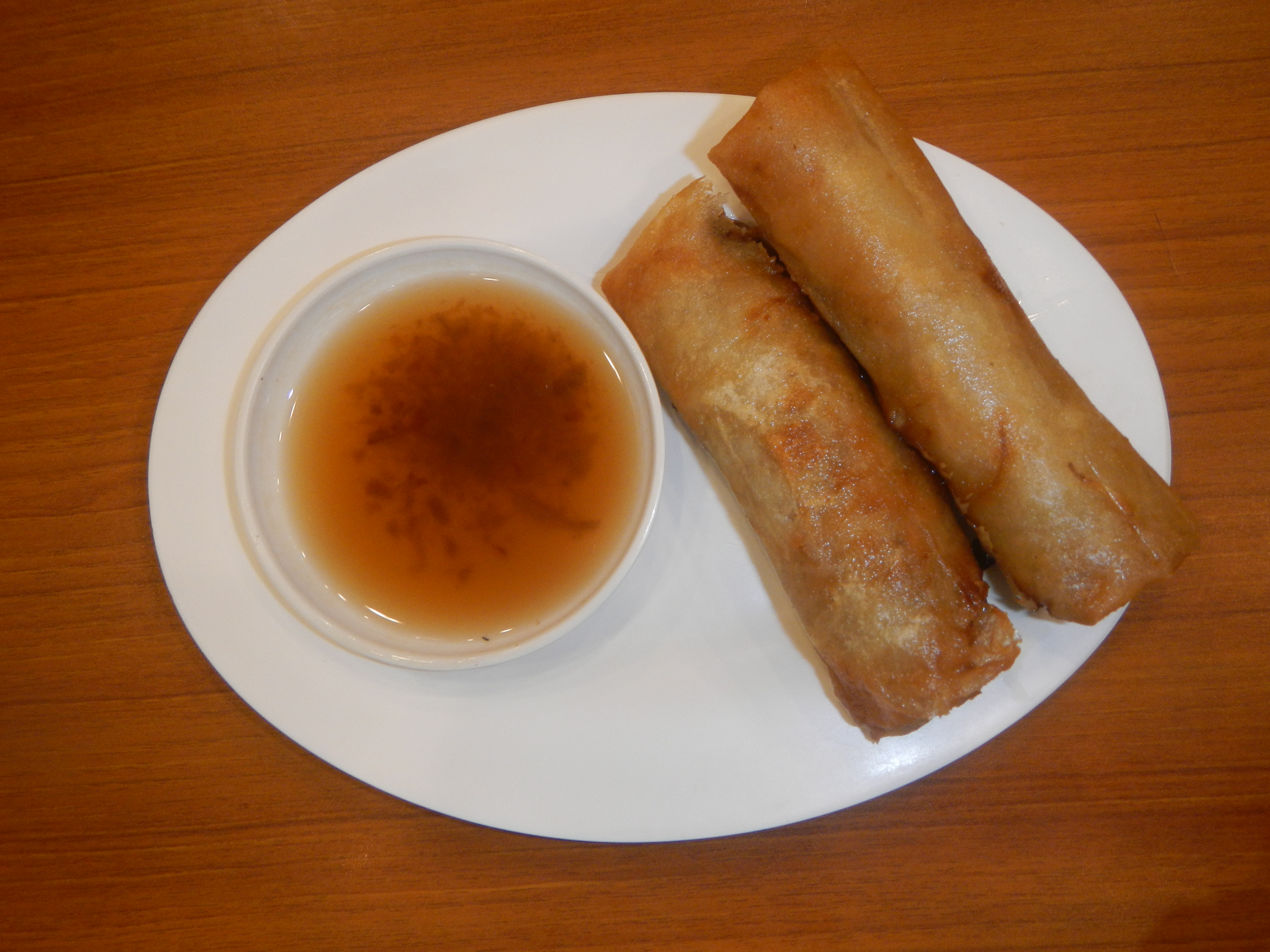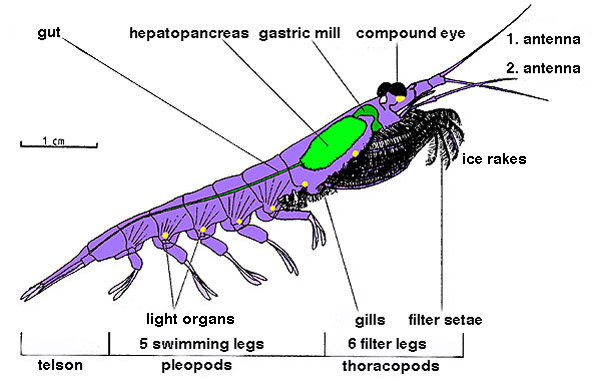|
Bagoong
''Bagoóng'' (; ) is a Philippine condiment partially or completely made of either fermented fish (''bagoóng'') or krill or shrimp paste (''alamáng'') with salt. The fermentation process also produces fish sauce known as ''patís''. The preparation of bagoóng can vary regionally in the Philippines. Types Bagoóng is usually made from a variety of fish species, including the following: *Anchovies - known as ''dilis'', ''monamon'', ''bolinaw'', or ''gurayan'' (''Stolephrus'' and '' Encrasicholina'' species) * Round scads - known as ''galunggóng'' or ''tamodios'' ('' Decapterus'' species) * Bonnetmouths ( redbait or rubyfish) - known as ''terong'' (''Emmelichthys nitidus'', ''Emmelichthys struhsakeri'', and '' Plagiogeneion rubiginosum'') *Ponyfish - known as ''sapsáp'' ('' Leiognathus'', '' Photopectoralis'', and '' Equulites'' species) * Rabbitfish - known as ''padas'' ('' Siganus'' species) * Bar-eyed gobies - known as ''ipon'' ('' Glossogobius giuris'') *Herring ... [...More Info...] [...Related Items...] OR: [Wikipedia] [Google] [Baidu] |
Filipino Cuisine
Filipino cuisine ( fil, lutong Pilipino/pagkaing Pilipino) is composed of the cuisines of more than a hundred distinct ethnolinguistic groups found throughout the Philippine archipelago. A majority of mainstream Filipino dishes that compose Filipino cuisine are from the food traditions of various ethnolinguistic groups and tribes of the archipelago, including the Ilocano, Pangasinan, Kapampangan, Tagalog, Bicolano, Visayan, Chavacano and Maranao ethnolinguistic groups. The styles of preparation and dishes associated with them have evolved over many centuries from a largely indigenous (largely Austronesian) base shared with maritime Southeast Asia with varied influences from Chinese, Spanish and American cuisines, in line with the major waves of influence that had enriched the cultures of the archipelago, as well as others adapted to indigenous ingredients and the local palate. [...More Info...] [...Related Items...] OR: [Wikipedia] [Google] [Baidu] |
Fish Sauce
Fish sauce is a liquid condiment made from fish or krill that have been coated in salt and fermented for up to two years. It is used as a staple seasoning in East Asian cuisine and Southeast Asian cuisine, particularly Myanmar, Cambodia, Laos, Philippines, Thailand, and Vietnam. Some garum-related fish sauces have been used in the West since the Roman times. Due to its ability to add a savory umami flavor to dishes, it has been embraced globally by chefs and home cooks. The umami flavor in fish sauce is due to its glutamate content. Fish sauce is used as a seasoning during or after cooking, and as a base in dipping sauces. Soy sauce is regarded by some in the West as a vegetarian alternative to fish sauce though they are very different in flavor. History Asia Sauces that included fermented fish parts with other ingredients such as meat and soy bean were recorded in China, 2300 years ago. During the Zhou dynasty of ancient China, fish fermented with soybeans and ... [...More Info...] [...Related Items...] OR: [Wikipedia] [Google] [Baidu] |
Shrimp Paste
Shrimp paste or prawn sauce is a fermented condiment commonly used in Southeast Asian and Southern Chinese cuisines. It is primarily made from finely crushed shrimp or krill mixed with salt, and then fermented for several weeks. They are either sold in their wet form or are sun-dried and either cut into rectangular blocks or sold in bulk. It is an essential ingredient in many curries, sauces and sambal. Shrimp paste can be found in many meals in Cambodia, Indonesia, Laos, Malaysia, Myanmar, the Philippines, Singapore, Thailand, and Vietnam. It is often an ingredient in dip for fish or vegetables. History ''Trasi'', (Indonesian- Javanese fermented shrimp paste; alt. spelling: ''terasi''), as mentioned in two ancient Sundanese scriptures, ''Carita Purwaka Caruban Nagari'' and ''Mertasinga'', had been around in Java before sixth century. According to ''Carita Purwaka Caruban Nagari'', Cirebon had angered the King of Galuh Kingdom after they stopped paying a tribute (i ... [...More Info...] [...Related Items...] OR: [Wikipedia] [Google] [Baidu] |
Philippine Condiments
The generic term for condiments in the Filipino cuisine is ''sawsawan'' (Philippine Spanish: ''sarsa''). Unlike sauces in other Southeast Asian regions, most ''sawsawan'' are not prepared beforehand, but are assembled on the table according to the preferences of the diner. Description In the Philippines, the common condiments aside from salt and pepper are vinegar, soy sauce, calamansi, and '' patis''. The combination and different regional variations of these simple sauces make up the various common dipping sauces in the region. The most common type of ''sawsawan'' is the ''toyomansi'' (or ''toyo't kalamansi''), which is a mixture of soy sauce, calamansi, and native Siling labuyo. It can also be seasoned with vinegar and '' patis'' (fish sauce). This sauce is typically served with roasted meat dishes. A similar dipping sauce used for grilled meats like ''inihaw'' is ''toyo, suka, at sili'' (literally "soy sauce, vinegar, and chili"). It is made of soy sauce, vinegar, and ''si ... [...More Info...] [...Related Items...] OR: [Wikipedia] [Google] [Baidu] |
Rabbitfish
Rabbitfishes or spinefoots are perciform fishes in the family Siganidae. The 29 species are in a single genus, ''Siganus''. In some now obsolete classifications, the species having prominent face stripes—colloquially called foxfaces–are in the genus ''Lo''. Other species, such as the masked spinefoot (''S. puellus''), show a reduced form of the stripe pattern. Rabbitfishes are native to shallow waters in the Indo-Pacific, but '' S. luridus'' and '' S. rivulatus'' have become established in the eastern Mediterranean via Lessepsian migration. They are commercially important food fish, and can be used in the preparation of dishes such as '' bagoong''. Taxonomy The Siganidae was first formally described as a family in 1837 by the Scottish naval surgeon, naturalist and arctic explorer Sir John Richardson. The genus ''Siganus'' was described in 1775 by the Danish zoologist Johan Christian Fabricius with ''Siganus rivulatus'', a species also described by Fabricius in 17 ... [...More Info...] [...Related Items...] OR: [Wikipedia] [Google] [Baidu] |
Ponyfish
Leiognathidae, the ponyfishes, slipmouths or slimys / slimies, are a small family of fishes in the order Perciformes. They inhabit marine and brackish waters in the Indian and West Pacific Oceans. They can be used in the preparation of '' bagoong''. Characteristics Ponyfishes are small and laterally compressed in shape, with a bland, silvery colouration. They are distinguished by highly extensible mouths, and the presence of a mechanism for locking the spines in the dorsal and anal fins. They also possess a highly integrated light organ in their throats that houses symbiotic bioluminescent bacteria that project light through the animal's underside. Typically, the harbored bacterium is only ''Photobacterium leiognathi'', but in the two ponyfish species ''Photopectoralis panayensis'' and ''Photopectoralis bindus'', ''Photobacterium mandapamensis'' is also present. Two of the most widely studied uses for luminescence in ponyfish are camouflage by ventral counterillumination and sp ... [...More Info...] [...Related Items...] OR: [Wikipedia] [Google] [Baidu] |
Ilocos Norte
Ilocos Norte, officially the Province of Ilocos Norte ( ilo, Probinsia ti Ilocos Norte; tl, Lalawigan ng Ilocos Norte), is a province of the Philippines located in the Ilocos Region. Its capital is Laoag City, located in the northwest corner of Luzon Island, bordering Cagayan and Apayao to the east, and Abra to the southeast, and Ilocos Sur to the southwest. Ilocos Norte faces the West Philippine Sea to the west and the Luzon Strait to the north. Ilocos Norte is noted for its distinctive geography and culture. This includes numerous examples of well-preserved Spanish colonial era architecture, particularly Saint William's Cathedral in Laoag with its sinking bell tower done in the Earthquake Baroque style, the St. Augustine Church in Paoay which is one of UNESCO's World Heritage Sites in the Philippines and the Cape Bojeador Lighthouse. Famous geographical features include the La Paz Sand Dunes, the beaches of Pagudpud, and the eroded calcarenite Kapurpurawan rock fo ... [...More Info...] [...Related Items...] OR: [Wikipedia] [Google] [Baidu] |
Tapayan
''Tapayan'' or ''tempayan'' (also known as ''balanga'', ''belanga'', or ''banga'') are large wide-mouthed earthenware or stoneware jars found in various Austronesian cultures in island Southeast Asia. Their various functions include fermenting rice (''tapai''), fermenting vinegar or alcoholic beverages, storing food and water, cooking, and burial of the deceased. The term ''tapayan'' also includes the imported ''martaban'' stoneware ( Dutch: ), originally from kilns in Southern China and Indochina. These were used primarily as storage jars for foodstuffs and valuable trade goods during ship voyages, but were highly valued as trade goods themselves. They became heirlooms and symbols of wealth and status among various indigenous cultures in the islands of Southeast Asia. Etymology ''Tapayan'' is derived from Proto-Malayo-Polynesian *tapay-an which refers to large earthen jars originally used to ferment rice wine (''tapai''). In modern Austronesian languages, derivatives include ... [...More Info...] [...Related Items...] OR: [Wikipedia] [Google] [Baidu] |
Krill
Krill are small crustaceans of the order Euphausiacea, and are found in all the world's oceans. The name "krill" comes from the Norwegian word ', meaning "small fry of fish", which is also often attributed to species of fish. Krill are considered an important trophic level connection – near the bottom of the food chain. They feed on phytoplankton and (to a lesser extent) zooplankton, yet also are the main source of food for many larger animals. In the Southern Ocean, one species, the Antarctic krill, ''Euphausia superba'', makes up an estimated biomass of around 379,000,000 tonnes, making it among the species with the largest total biomass. Over half of this biomass is eaten by whales, seals, penguins, seabirds, squid, and fish each year. Most krill species display large daily vertical migrations, thus providing food for predators near the surface at night and in deeper waters during the day. Krill are fished commercially in the Southern Ocean and in the waters around Japa ... [...More Info...] [...Related Items...] OR: [Wikipedia] [Google] [Baidu] |
Rubyfish
The rubyfish (''Plagiogeneion rubiginosum'') is a rover found from the southeastern Atlantic Ocean off South Africa through the Indian Ocean to the southwestern Pacific Ocean around Australia and New Zealand New Zealand ( mi, Aotearoa ) is an island country in the southwestern Pacific Ocean. It consists of two main landmasses—the North Island () and the South Island ()—and over 700 List of islands of New Zealand, smaller islands. It is the .... This fish can be found at depths of from . It can reach a length of up to TL. This species is commercially important. References * Tony Ayling & Geoffrey Cox, ''Collins Guide to the Sea Fishes of New Zealand'', (William Collins Publishers Ltd, Auckland, New Zealand 1982) {{Taxonbar, from=Q2449394 Emmelichthyidae Fish described in 1875 ... [...More Info...] [...Related Items...] OR: [Wikipedia] [Google] [Baidu] |






